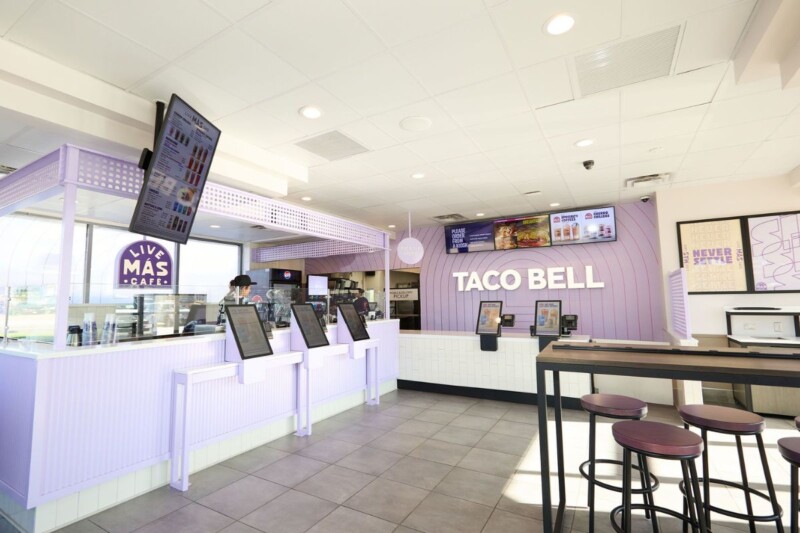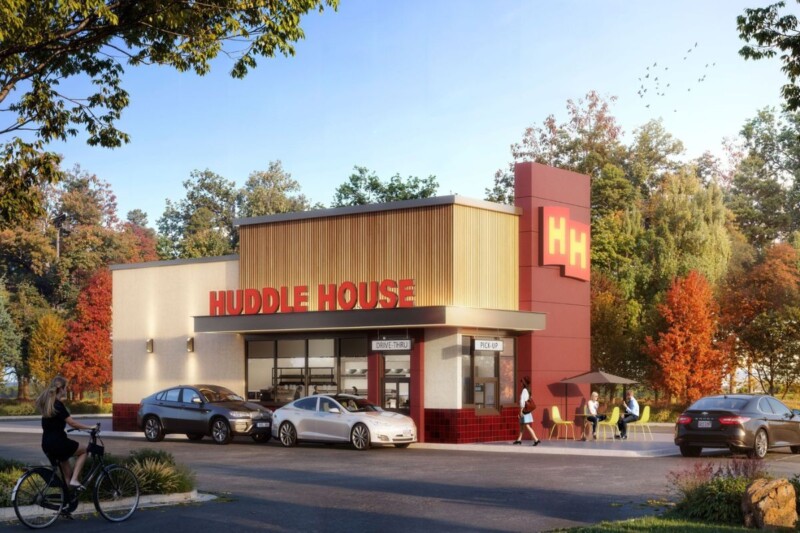What’s New with Energy Star-Rated Ice Machines
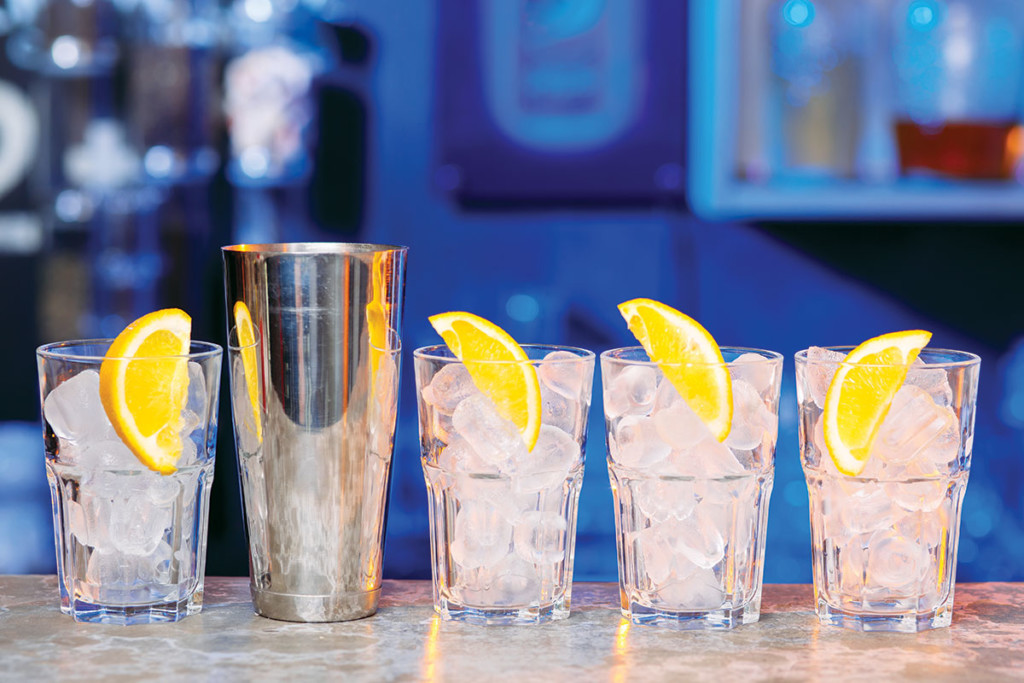
Automatic commercial ice maker manufacturers faced a double-whammy 18 months ago when new efficiency standards took effect. As of Jan. 1, 2018, all new ice makers had to meet updated Department of Energy Appliance Standards. At the same time, the DOE’s Energy Star program raised the bar to qualify for its seal of approval with the release of its Version 3.0 standards.
What it means for operators is that, now, any new model of ice machine you buy will be even more energy-and water-efficient. Energy Star-rated machines typically are 10%-16% more energy-efficient than standard models, potentially saving more than $1,200 in utility costs over the life of the machine.
Batch or Continuous?
When specifying a new ice machine, the first job is deciding the type or types of ice you need in your operation. As the name implies, batch machines make ice cubes one batch at a time. Think of them as sophisticated, automatic versions of the old-fashioned ice trays you used to fill and put in the freezer. Continuous ice makers use a different process to produce flake or nugget ice.
In batch ice machines (aka cubers), a reservoir fills with a little more than enough water to make a batch. That water is continuously circulated over the evaporator, freezing a little at a time until the evaporator “tray” is full of ice. In a “harvest” cycle, hot refrigerant gas is let back into the evaporator just long enough to release the cubes so they fall out of the evaporator into an ice bin or beverage dispenser.
Batch ice machines make cubes in two ways. Some models make ice in “slabs” while others freeze ice into individual cubes. Cubes are connected in slab ice machines but usually break apart when the slabs are harvested and fall into the ice bin. Machines that make individual cubes typically make colder, harder ice than slab-style machines. (Colder, harder ice melts more slowly, a trait many bars want.)
Because pure water freezes more quickly than water with impurities, minerals and other total dissolved solids drain back into the reservoir, which is one reason why cubers use more water than needed for a batch. The other reason is that these machines flush the sludge at the end of a cycle before refilling the reservoir.
Continuous ice makers are inherently more water and energy efficient than cubers. These machines use a cylindrical evaporator. As water freezes on the inside wall of the evaporator, an auger scrapes it off and pushes the flaked ice toward a bin (for flake ice) or—in the case of machines that make nugget ice—toward a nozzle that compresses the flakes together, after which they’re cut into cube- or nugget-shaped chunks.
Easy to chew, nugget ice is particularly popular in some regions of the country and segments of the industry. With lots of nooks and crannies, nugget ice also has a lot of surface area, so it melts more quickly than cubes, but chills beverages faster.
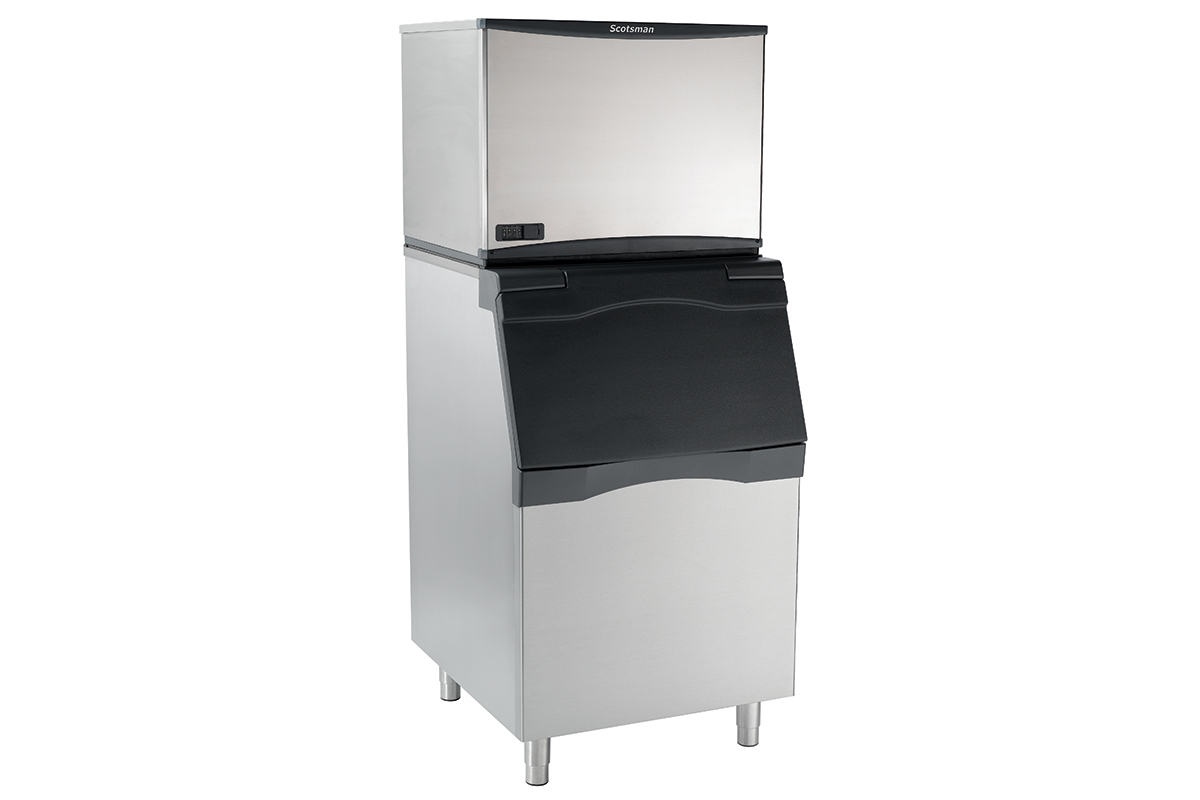
What Makes Energy Star-Rated Machines Different
The DOE’s mandate to reduce greenhouse gas emissions and its updated standards pushed manufacturers to build more efficient equipment. In many cases, makers had several models of ice machines that already meet or exceed the new DOE standards. But to obtain an Energy Star label, models have to be among the top 20% or 25% most efficient. For ice machines, Energy Star’s Version 3.0 had manufacturers going back to the drawing board.
Since 2013, DOE and Energy Star standards have taken into account the production capacity of ice machines, and the 2018 standards got tougher. In 2013, for example, a 450-lb. cuber could only use 7.24 kWh or less per 100 lb. of ice to qualify for Energy Star. Now, it must use 6.25 kWh or less per 100 lb.
To make equipment more energy-efficient, one continuous machine manufacturer sourced new, more efficient compressor and fan motors, enabling it to roll out three new Energy Star-rated machines last year.
Another manufacturer completely revamped the batch stainless evaporator for which it was known, so it’s now double-sided. It transfers heat more efficiently than traditional cube evaporators, the maker says, so incoming water is chilled faster. Colder water saves energy and produces more ice in the same amount of time as previous models. New models introduced last year also feature a smaller footprint, easier cleaning and greater durability in poor water conditions.
Still another maker took an entirely different tack and redesigned one of its lines so many models, both batch and continuous, use a more environmentally-friendly, non-CFC refrigerant. The change also involved using rotary compressors instead of more traditional reciprocating and scroll compressors. Neither the refrigerant nor rotary compressors had ever been used in commercial ice makers before, the manufacturer notes. In addition to being more efficient, the rotary type is quieter than other compressors.
In general, Energy Star-rated batch-type ice makers are about 10% more energy efficient and 20% more water efficient than standard models and continuous-type ice makers are about 16% more energy efficient than standard models, according to Energy Star.
In addition to these updates, many new ice makers—both Energy Star-rated and standard models—now have digital LED or LCD displays with self-diagnostics that make it easier to know when and how to maintain them. And most have been designed with features such as front-opening access doors, hand-removable parts and easily accessible air filters to make cleaning and servicing less cumbersome.
With all of these updates, operators in the market for a new ice maker will find that the benefits provided by today’s Energy Star-rated machines offer real value.
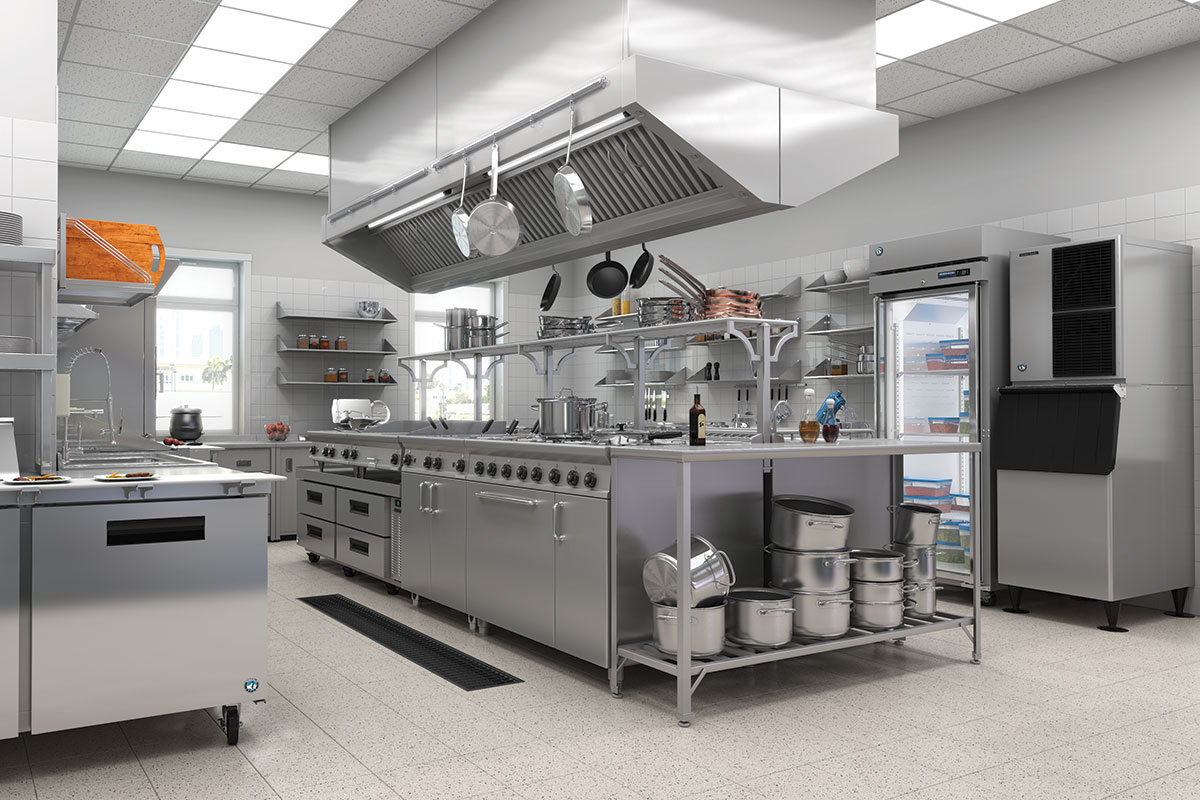
Get Your Rebate Here
Many utilities offer rebates on Energy Star-rated equipment, including ice machines. To find rebates in your area, call your local utility, or go to http://energystar.gov/rebate-finder.
Ice Machine Gallery
RELATED CONTENT
- Advertisement -
- Advertisement -
- Advertisement -
TRENDING NOW
- Advertisement -
- Advertisement -
- Advertisement -

